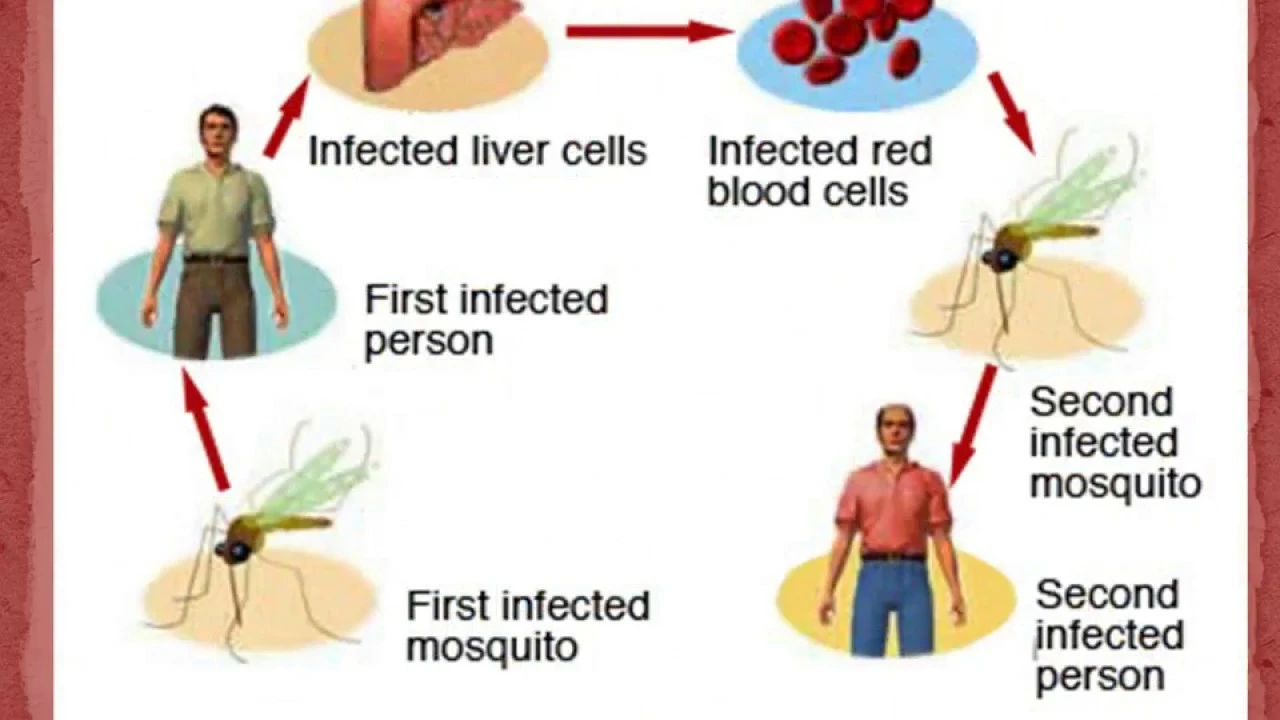Malaria Control: Easy Ways to Stay Safe
Malaria still bites millions each year, but you don’t have to feel helpless. Most cases come from mosquito bites that happen at night or in shaded outdoor spots. By understanding the bug’s habits and using a few everyday tools, you can cut your risk dramatically.
Prevent Mosquito Bites at Home
The first line of defense is making your living space unattractive to mosquitoes. Install a good‑quality insecticide‑treated net over every sleeping area – it’s cheap, reusable, and blocks almost all bites. If you can’t get a net, use long sleeves and pants after dusk, and apply a DEET or picaridin repellent on exposed skin.
Seal windows and doors with tight screens; even a tiny hole lets mosquitoes in. In rooms where nets aren’t practical, hang indoor residual spray (IRS) on walls once a year – health agencies report it drops indoor mosquito numbers by up to 80 %.
Eliminate standing water around your home. Empty buckets, flower pots, and old tires at least once a week. Mosquitoes lay eggs in just a few millimeters of water, so the less you have, the fewer larvae will grow.
What to Do If You Suspect Malaria
If you feel fever, chills, headache, or muscle aches after being in a malaria‑risk area, act fast. Get tested at a clinic – rapid diagnostic tests give results in minutes and are reliable. Don’t wait for the fever to go away on its own; early treatment prevents severe illness.
When a doctor confirms malaria, they’ll prescribe an antimalarial medication based on the species and local drug resistance. Common choices include artemisinin‑based combination therapy (ACT) for uncomplicated cases. Finish the full course even if you feel better; stopping early can let parasites survive and cause relapse.
While you’re on treatment, keep using a mosquito net to avoid spreading more bites. If you have children or pregnant women in the house, they need extra protection – nets, repellents, and prompt medical care are crucial for them.
Community actions matter too. Join local clean‑up drives to clear stagnant water, support distribution of free nets, and share information about symptoms. When neighborhoods work together, malaria rates drop sharply.
In short, controlling malaria is a mix of simple home steps, quick medical response, and community effort. Keep your net up, spray when needed, stay alert for symptoms, and you’ll reduce the odds of getting sick dramatically.

The Role of Insecticides in Malaria Control
As a blogger, I've recently been researching the role of insecticides in malaria control. I've discovered that insecticides play a crucial role in reducing the transmission of malaria, mainly through the use of insecticide-treated bed nets and indoor residual spraying. These methods help to repel and kill the mosquitoes responsible for spreading the disease. However, the overuse of insecticides can lead to resistance in mosquito populations, making it crucial to use them responsibly and explore alternative methods of malaria control. Overall, insecticides are a vital tool in the global fight against malaria, but they must be used wisely to ensure their long-term effectiveness.
April 30 2023